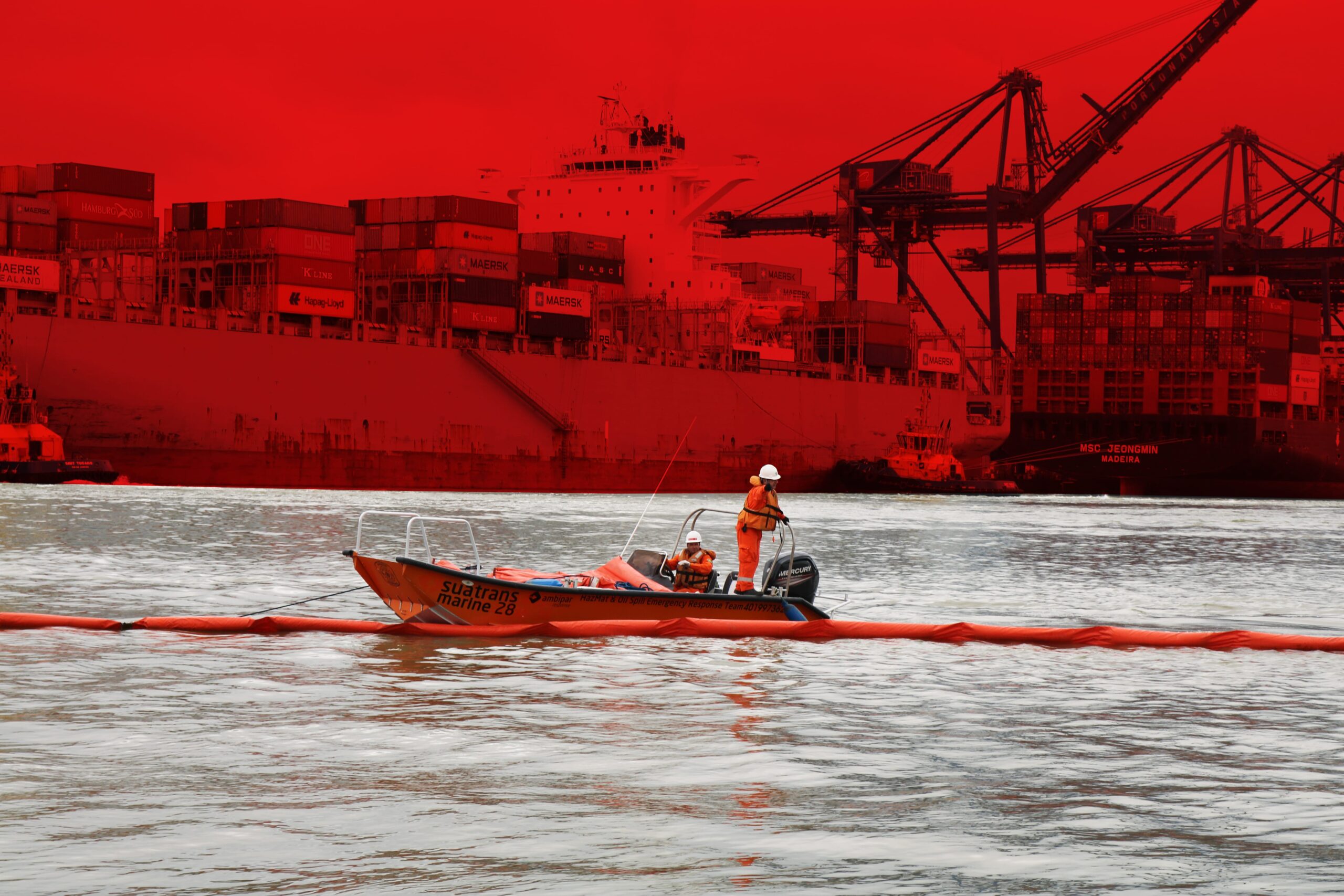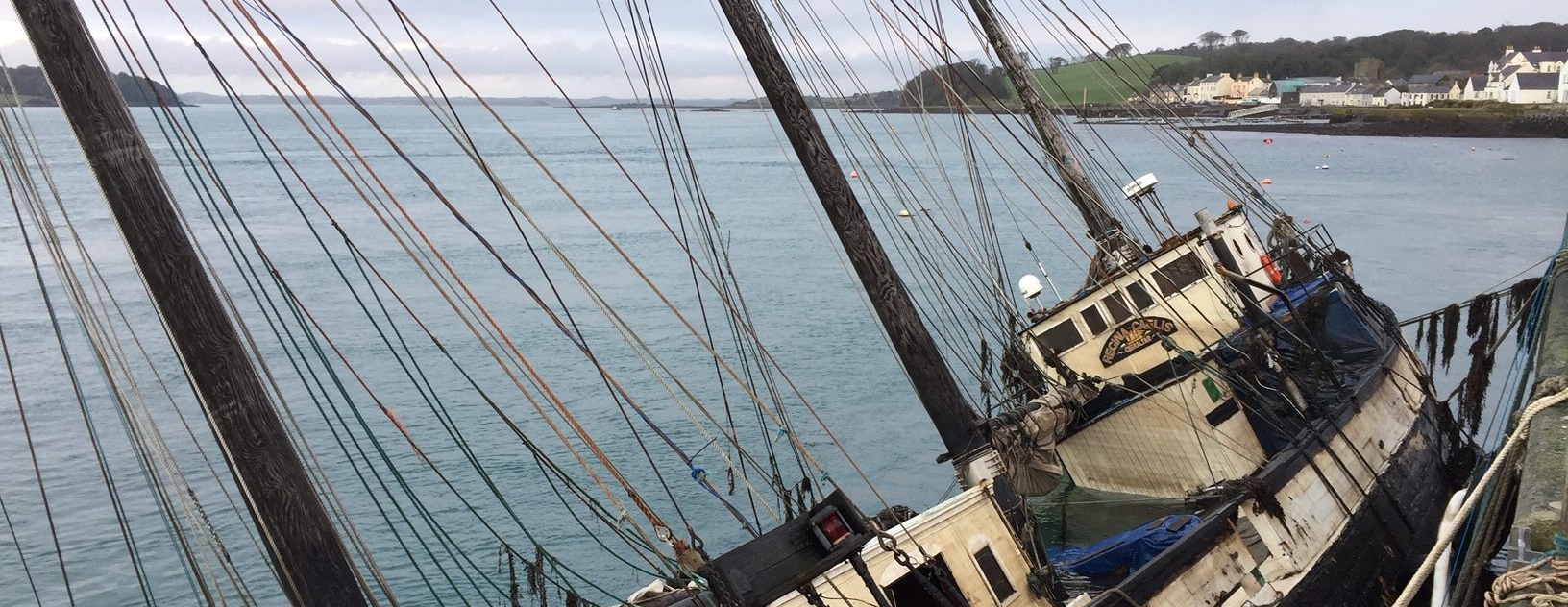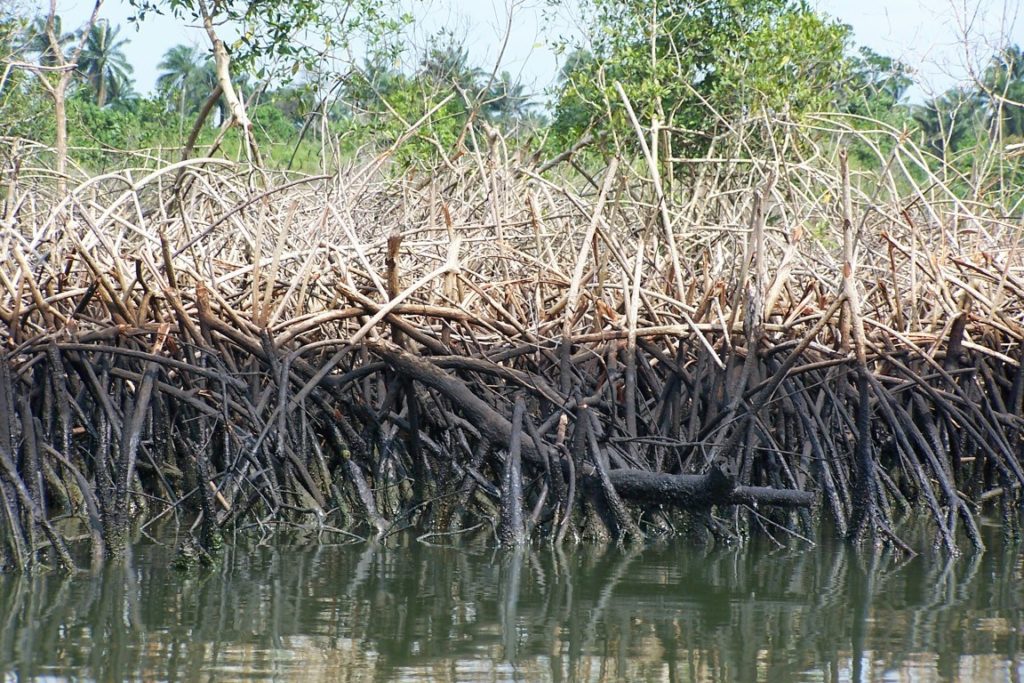MSC Napoli suffered water ingress into the Engine Room

By Marketing Team
Posted in May 13, 2021

On the 18th January 2007, MSC Napoli suffered water ingress into the Engine Room, and began sinking 40 miles off the coast of Southern Cornwall.
The vessel was carrying 2,318 Containers (of which 158 were Hazardous Cargoes) and held 3500 tonnes of bunker fuel / lube oil.
On the 20th January, the condition of the vessel worsened whilst en-route to its place of refuge. As such, it was decided that the vessel would be beached and ballasted down off the coast, near Sidmouth.
Ambipar were put on standby in Portland Port to deploy the MCA’s Counter Pollution Equipment stockpile, as small amounts of oil were leaking from the vessel and large numbers of containers were lost overboard due to poor weather conditions.
Ambipar were initially tasked with beginning shoreline clean up operations, as well as the clean-up of containers and oiled debris.
Project Works:
Initial issues to overcome included oiled debris washing up on several beaches, access and egress issues, hazardous container cargoes, and public ‘looting’.
- Ambipar established four separate groups to undertake assigned tasks:
- MCA Response Team (2 Incident Commanders and 6 Responders)
- Shoreline Response Teams (including HAZMAT Response Team of 6 personnel)
- Marine Surveillance Teams
- Marine Removal Teams
The MCA Response Team provided support to the Marine Response Centre (MRC) (operated by the MCA) through the 2 Incident Commanders on-site. With this, it was decided that Day 1 of operations would involve protective booming of the River Axe and Bridport estuaries, before undertaking offshore boom deployments on Day 2 of operations.
Shoreline Response Teams provided SCAT surveys and reports to the MRC, whilst the Marine Surveillance Teams used ribs to spot distressed cargoes in inaccessible areas of shoreline, and the Marine Removal Teams used landing craft to access difficult areas for container removal.
Once the response reached the Project phase, Ambipar established a decontamination and tracking facility for all distressed containers and their contents that were coming ashore. Working with the Environment Agency (EA), Ambipar established 4 x bunded wash bays (as per landfill specifications). Each container that arrived was treated and jet washed, with oil separated out from the water run-off and disposed of.
Similarly, the HAZMAT Response Team (of 6 fully equipped personnel) were tasked with making safe of known hazardous cargo containers, and with responding to any HAZMAT incidents of unknown substances located in the Port of Portland, or coming ashore.
To do so, the team established a HAZMAT processing facility (with EA approval), which had 5 washing bays.
This team were permanently on-site for 6 months, and dealt with a range of hazardous products – including the transhipment of products such as UN 2023 Epichlorohydrin Class 6.1 (3) PG2 and UN 1247 Methyl Methacrylate Monomer Stabilised Class 3 PG2.
Results:
Working in close cooperation with Portland Port, Local Authorities, the Environment Agency, Insurers, and a range of other stakeholders, Ambipar played a central role in the initial response to and overall shoreline clean-up operation to the MsC Napoli incident.
In total, Ambipar processed over 50 HAZMAT containers, and completed / responded to 86 HAZMAT related tasks outside of the decontamination facility.
All operational facilities were deemed to be in the same environmental state as when they were set up (this was confirmed by EA investigations).
Ambipar successfully tracked all cargoes that came into the decontamination facilities and assisted insurance companies in tracking looted items.

